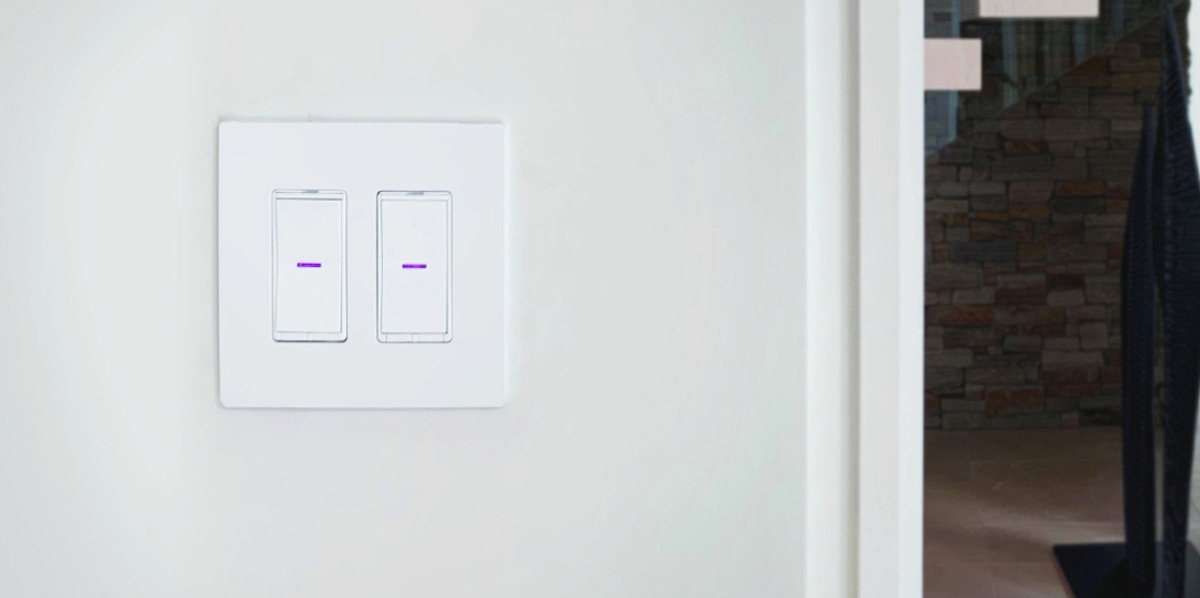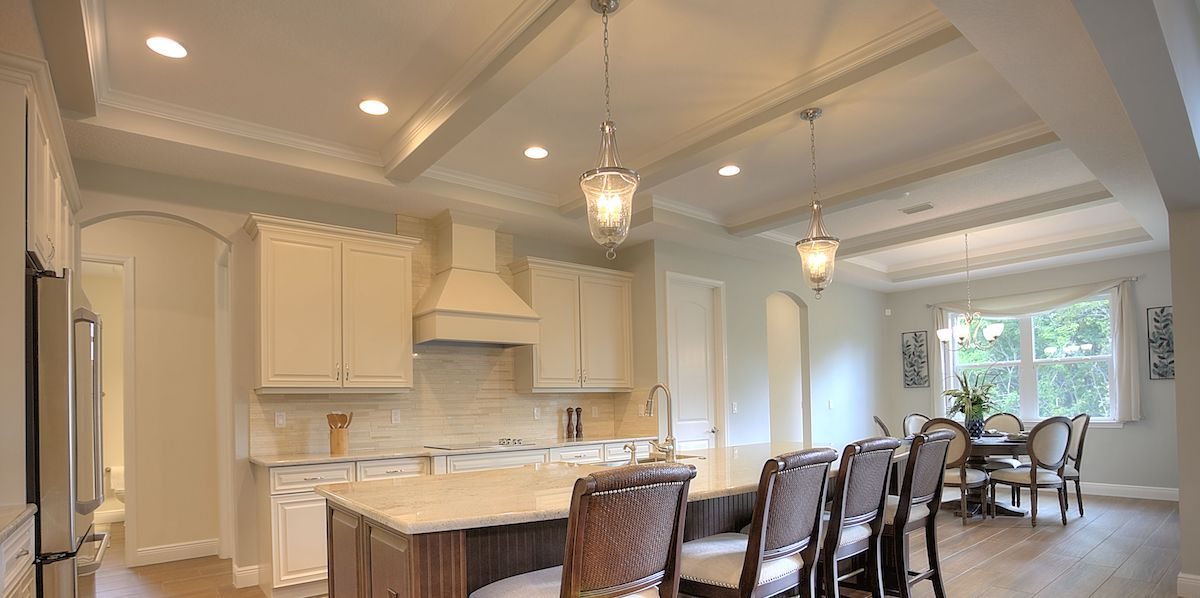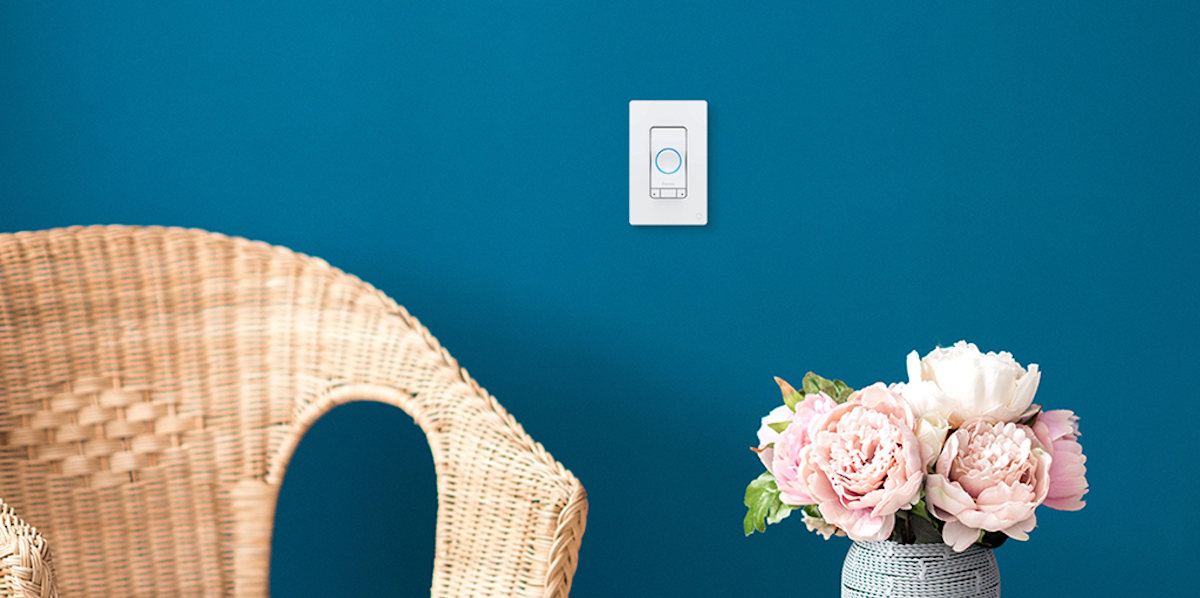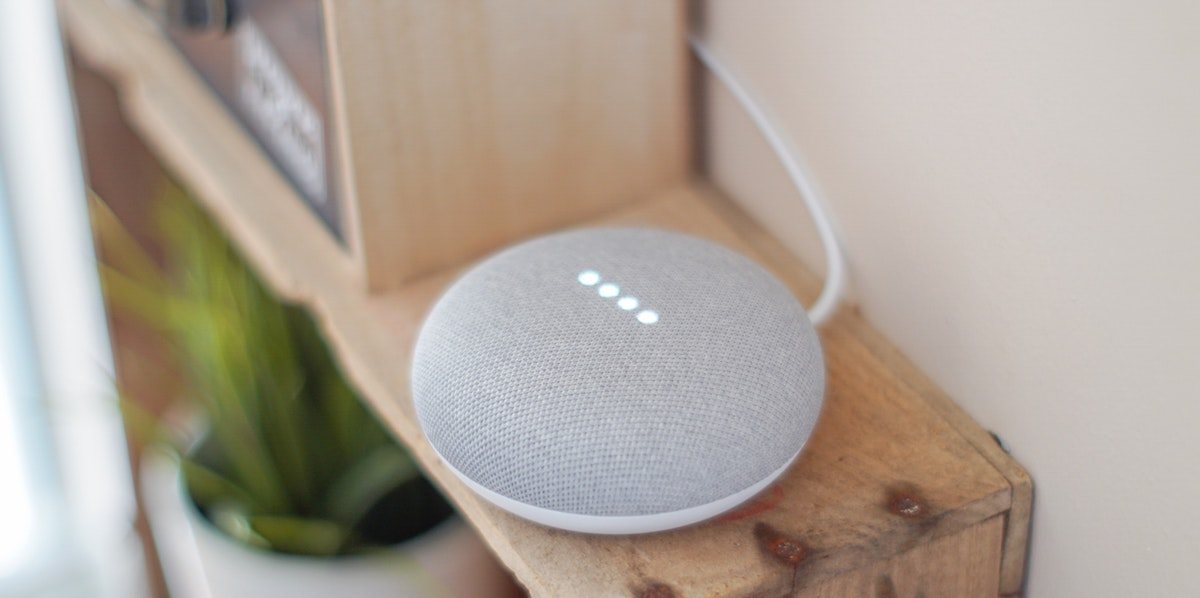iDevices Connected News
Here's what we've been up to at iDevices...
Why smart units are a smart investment

Innovation is your key to attracting and retaining residents; smart technology is your key to innovation.
Smart units give residents a better home life; full of comfort, convenience, and efficiency. We can’t overstate the benefits of offering a tech-forward living experience, especially with the continued surge in smart home adoption — 24% of U.S. adults actively use a voice assistant device at home.
But there’s plenty more smart units can do for you (like self-guided unit tours). Take it from Tammie Varela, regional manager of Tipton Asset Group, Inc. Working with iDevices, Varela and Tipton put together a smart unit program including our smart switches, outlet, and thermostat.
“These devices provide an enhanced living experience to our residents with cost-saving devices at their fingertips,” Varela said. “The smart home package also gives our communities a competitive edge in our market and presents new revenue opportunities for property owners.”
“It’s a win, win experience all the way around,” she added.
We can help you win, too. Here’s the blueprint for creating your very own smart unit program; there's no better time to get started.
1. Stick with Wi-Fi
There are a few different technologies out there that allow smart products to do what they do. We’ll spare you the technical jargon — all you need to know is that the other solutions require a hub, while Wi-Fi solutions like ours don’t. A hub is separate piece of hardware that eats up an ethernet plug in your router and collects dust until it becomes obsolete. Hubs also present security issues, opening the door to hackers.
What happens when a hub becomes obsolete? It must be replaced, or the products connected to it cease to work. Replacing even the cheapest hub can become a burden when you’re talking about hundreds of units. If you’re investing in smart technology, don’t risk becoming obsolete right out of the gate.
Bonus Tip: Even if a resident chooses not to install or use Wi-Fi in their apartment , our products still work just like standard light switches, outlets, and thermostats. There’s no need to switch out products or set aside “non-smart” units for those still living in the stone ages.
2. Say no to monthly fees
Many smart systems — often the hub-based kind — require a monthly fee or subscription. You don’t want to eat that cost or pass it down to residents. That’s a difficult story to sell, especially because the fee doesn’t even add any real functionality.
It’s not giving you or your residents anything, actually — you’re just paying for access.
Our products are free of any fees or ongoing costs. There isn’t a single additional cost you’ll incur from us besides physical products. Even our concierge support service — at the disposal of your staff and customers — is free of charge.
3. Build it your way
We’ll work with you to create the perfect smart unit package based on your needs (and the needs of your residents). Brady Ferrall, National Accounts Manager for iDevices, said a solid package includes four products per unit.
Our Instinct smart light switch with Alexa built-in serves as the voice hub in each unit. Instinct is unique compared to other smart speakers, and ideal for apartments, because it’s wired into the wall just like a regular light switch.
“It’s in-wall versus something you could plug in and they could walk away with,” Ferrall said of Instinct.
In addition, Ferrall suggests our smart thermostat and either two additional iDevices smart light switches, or a smart light switch and smart wall outlet. With a small investment of under $400 per unit, Ferrall said, “you can start marketing yourself as a smart community with smart units,."
Bonus Tip: Our smart thermostat doesn’t just add efficency and savings for your residents. With app control, your team can easily manage the temperature in vacant or model units. The same can be said for lights through our smart switches and outlet.
4. Update on the turn
If it’s not feasible to update your entire community at the moment, don’t sweat it. You’re not going to fall behind the competition, because you can still update units when they turn.
“Doing them on turn, you can still market yourself as a smart community with smart units,” Ferrall said. “As you do the turns, you’re making the units smart, so you’re not investing all at once.”
And if someone moves out of a smart unit, there's no heavy lift or learning curve for your maintenance staff. It takes 10 seconds to reset an iDevices product, simply by holding down a button, to make it ready for the next move-in.
5. Increase your bottom line (and retention)
Think of smart units as a new revenue source; one you can add for very little investment.
As we noted earlier, for a small investment, you can market your community as smart. With a low cost of entry and rent premiums of ~$25 tacked onto your smart units, you’ll see a return on investment in as little as 12-14 months, Ferrall said.
Smart products are a great opportunity to increase net operating income (NOI) per unit. Beyond the additional rent revenue, you’ll increase retention, thus decreasing the marketing costs you’d otherwise put toward filling vacancies.
Marketing costs can reach upwards of $2,000 per open unit, Ferrall noted, so the $400 investment to give residents the smart functionality they expect — and keep them in place — is money well spent.
6. Dare to differentiate
There’s no benefit in waiting to make the jump to a smart community. That was clear to Tipton, Varela said.
“Tipton understands that as time goes on and smart apartment technology evolves, it will become an expectation of our renters,” she said. “This is why we didn’t wait any longer to start offering an enhanced living experience with smart apartment technology offered by iDevices.”
Ferrall recalls a conversation with another property manager who recognized they need for a smart community to stay competitive.
“She told me, ‘I have to, I can’t compete with the property down the street because it’s smart,'” Ferrall said. “There are those that are doing it, or want to do it, or need to do it; and there are those who simply aren’t going to, who’ll be forced to make the switch in the end.”



